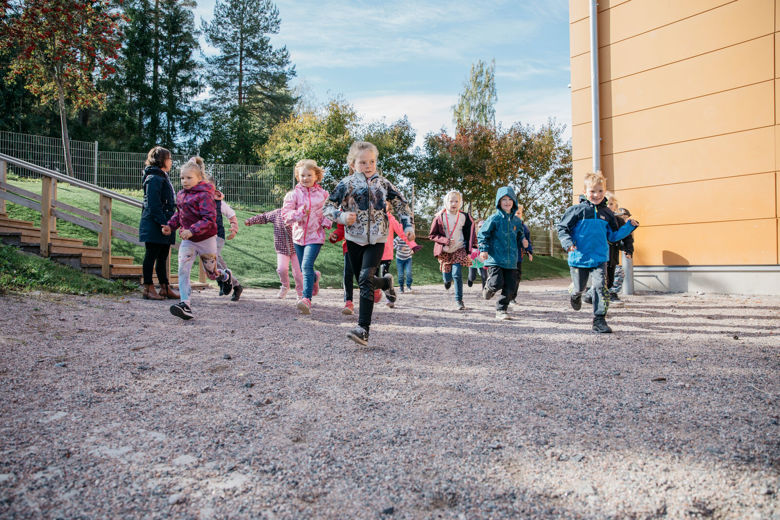Consideration of locations sensitive to air pollutants in planning

Who is sensitive to air pollutants?
Some people are more sensitive to the effects of air pollutants than others. Due to illness or age, part of the population suffers more severe health effects from air pollutants than average. The groups most sensitive to the health effects of air pollutants are small children, elderly people and those with respiratory and heart conditions. For chronically ill individuals, for example, even a small increase in particle concentration can lead to a severe exacerbation of their illness, while damage to the still developing respiratory system of children can continue to have an impact in adulthood. Groups sensitive to air pollutants include
- people with coronary artery disease;
- people suffering from heart failure;
- asthmatics;
- people with chronic obstructive pulmonary disease;
- children; and
- elderly people.
What are sensitive locations?
The functions of locations that are particularly sensitive to the effects of air pollutants are called sensitive locations. Sensitive locations include:
- kindergartens;
- play parks and playgrounds;
- residential parks;
- primary schools;
- care homes for the elderly; and
- hospitals.
How are sensitive locations taken into account in planning?
Health effects to sensitive groups can be reduced through good urban planning. Sensitive locations should be taken into account separately in the planning, with the aim of placing them at greater than usual safety distances from busy routes and streets. In HSY’s air quality zones, sensitive locations have been provided with minimum distances that are two to three times the minimum distances for housing. When building new areas, it is recommended to apply recommended distances that are also greater for sensitive locations than for housing.
Where it is not possible to comply with safety distances, the locations should be provided with effective filtration of supply air. The importance of sensitive locations is underlined by the fact that a lot of time is often spent outdoors at kindergartens and schools, for example, even during peak hours, which clearly increases exposure compared to indoors. Yard areas should therefore be placed where sheltered by a building, further away from the road. It is also recommended to select the regular routes of kindergarten children so that exposure to traffic emissions is kept to a minimum.